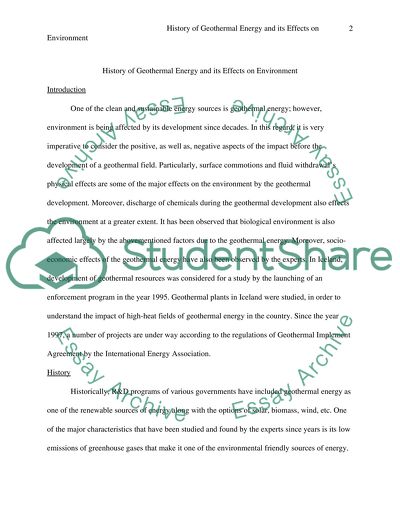Cite this document
(“History of Geothermal energy and its effects on environment Essay”, n.d.)
History of Geothermal energy and its effects on environment Essay. Retrieved from https://studentshare.org/miscellaneous/1544972-history-of-geothermal-energy-and-its-effects-on-environment
History of Geothermal energy and its effects on environment Essay. Retrieved from https://studentshare.org/miscellaneous/1544972-history-of-geothermal-energy-and-its-effects-on-environment
(History of Geothermal Energy and Its Effects on Environment Essay)
History of Geothermal Energy and Its Effects on Environment Essay. https://studentshare.org/miscellaneous/1544972-history-of-geothermal-energy-and-its-effects-on-environment.
History of Geothermal Energy and Its Effects on Environment Essay. https://studentshare.org/miscellaneous/1544972-history-of-geothermal-energy-and-its-effects-on-environment.
“History of Geothermal Energy and Its Effects on Environment Essay”, n.d. https://studentshare.org/miscellaneous/1544972-history-of-geothermal-energy-and-its-effects-on-environment.


